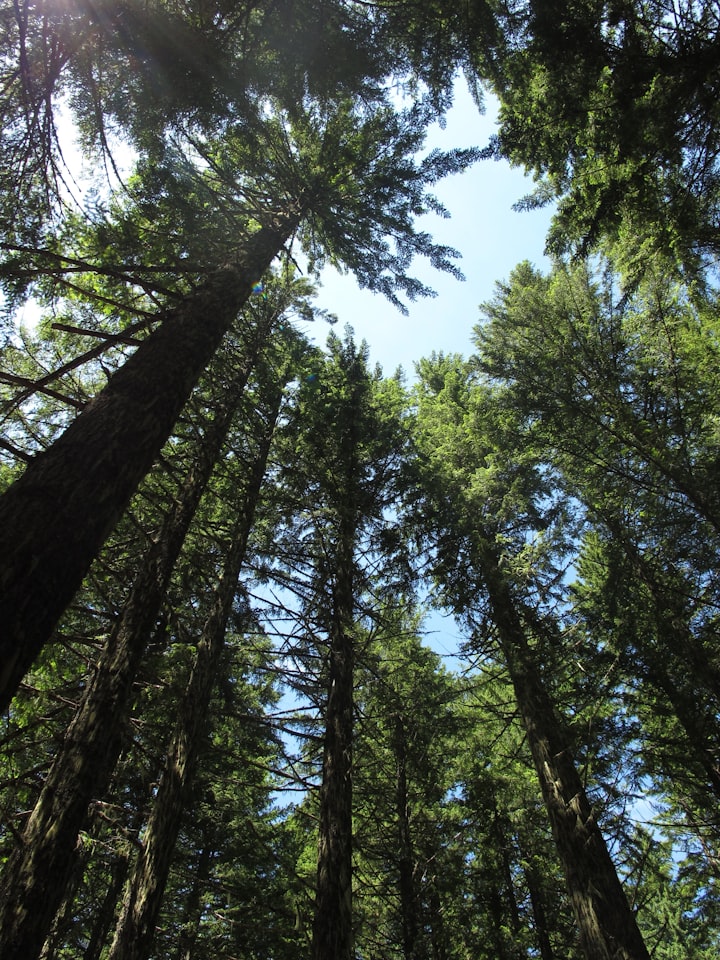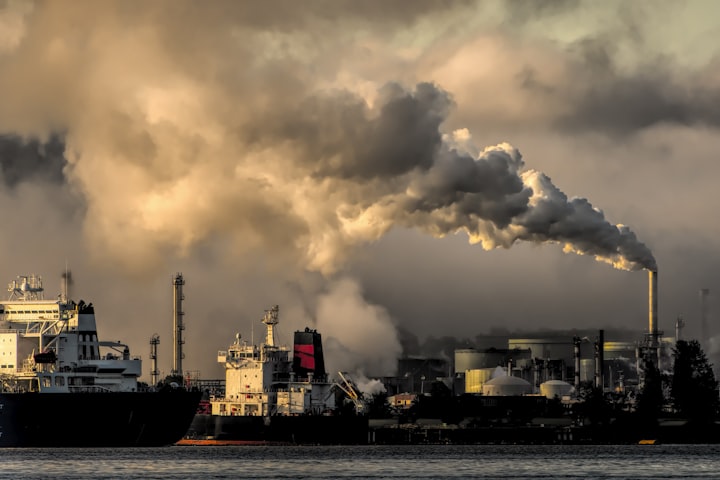Climate Adaptation And Sustainability
Climate Adaptation and Sustainability
Despite efforts to reduce greenhouse gas emissions over a long period of time, uncontrolled climate change and future climate change are likely to outpace the evolution of natural and man-made systems.
The need for adaptability varies from place to place depending on nationality and vulnerability to environmental impacts. Some island communities are building resilience to climate change, while others are coping with climate change and using migration as a last resort. Expecting climate change in agricultural production systems includes changes in nutrient intake, farming, crop varieties, crop rotation, and harvesting techniques, and changes in the use of natural resources.
Natural resources managers in the southwest are beginning to respond to the widespread and immediate effects of climate change and the expected impacts of tangible environmental change. Rising global temperatures, rising sea levels, acidification of the sea, and other impacts of climate change will affect coastal areas and coastal lands unequally, including many developing countries, small islands, and developing countries. Many warmer climate programs are expected to affect the availability of basic services such as freshwater, food security, and energy. Efforts to adapt to mitigating climate change must shape the global development agenda and determine and build on it.
Our work in climate risk management and adaptation in developing countries and Canada aims to assist decision-makers to develop long-term sustainable strategies and plans. Urban social change at all levels can meet the challenges of climate change by exploring and implementing sustainable solutions in many areas. , the implementation, and management of long-term reforms, thus becoming an urban set of real-world changes.
Communities can revitalize traditional resources, establish new protected areas, improve the management of existing protected areas and develop climate change programs that include environmental-based adaptations. The main focus should be on ensuring that the reconstruction and refurbishment of existing buildings are weatherproof and do not cause environmental damage or threaten the quality of the water or marine environment.
Adherence to the ecosystem is defined as the integration of biodiversity and ecological activities and adaptation and development strategies to enhance environmental resilience and communities in climate change through conservation, restoration, and sustainable management. For example, the reconstruction of cities affected by wildfires or hurricanes caused by or enhanced by climate change (e.g. Paradise, CA and New Orleans, LA) provides a blank canvas and the opportunity to build a range of changing factors known as evolving urban climate change. Such small solutions designed for residents to adapt to extreme temperatures and to avoid urban tropical areas can help build regional adaptability to climate change, and these solutions can be integrated to a large extent.
The 13th Sustainable Development Goal, set for 2015, aims to strengthen international resilience and adapt to climate-related challenges. In 2013, municipalities and cities implementing these programs, research teams, and partnerships for the United Nations Agenda 21 development program followed by plans and partnerships for the United Nations Agenda 21 development program to promote implementation, prioritization, and evaluation of potential solutions supported by a variety of stakeholders, including representing key municipal departments of health, education, communications, and other social stakeholders. WRIGHT (Water Evaluation and Planning System) supports researchers and planners of water resources in assessing the impacts of climate change adaptation.
Under the change in the Hawaiian Land Planning Act, states also say that climate change policies should look at state climate change policies to consider the impact of climate change on their land use and in their decisions to improve finances.
Storm Water Management and Water Quality: Consider stormwater management controls and look for ways to integrate adaptations to existing systems, such as comprehensive systems and water resource systems. These measures should be taken in response to or anticipating climate change in the region to reduce risk and vulnerability, strengthen system sustainability and help maintain system productivity. Rainwater management or water quality should increase public awareness and coordination, highlight green infrastructure and climate change projects, and use remediation projects as a demonstration site on how to adapt to climate change through LID, green roads, and environmental design.
To understand how climate change will affect water supply and future quality, hydrological models need to be developed as well as speculations from climate models. In many places, an increase in water temperatures leads to buying (excessive growth of algae) and reducing the quality of drinking water. Stormwater management, water quality, and the use of climate data and land use for communications will go into short-term infrastructure and long-term climate change.
At the heart of this discourse is changing in the world's climate: storms will increase in size and energy, droughts and high temperatures will increase the number of fires, causing habitats to disappear and change the way life can no longer sustain life. Typhoon Bopha, for example, caused a great deal of damage to communities in 2012. Renewable natural resources seem to be declining due to the speed at which they are being used.
Concerned about the increase in greenhouse gas emissions and the vulnerability of countries, especially developing countries, to the devastating effects of climate change, Member States have called for greater cooperation and international participation in a more effective and appropriate international response to climate change.
One of the implications of this complex and often fragmented phenomenon is the existence of other sectors of the problem, including rational economic considerations such as productivity and profitability, environmental and environmental sustainability, including conservation of natural resources and mitigating climate change, personal satisfaction.
They view risk as an opportunity to express their fears, coupled with their ability to cope with the consequences. Adaptability occurs in anticipation of change (expected expectations) or response to changes (functional flexibility). To test this case, a strong reduction improves flexibility.






Comments
There are no comments for this story
Be the first to respond and start the conversation.